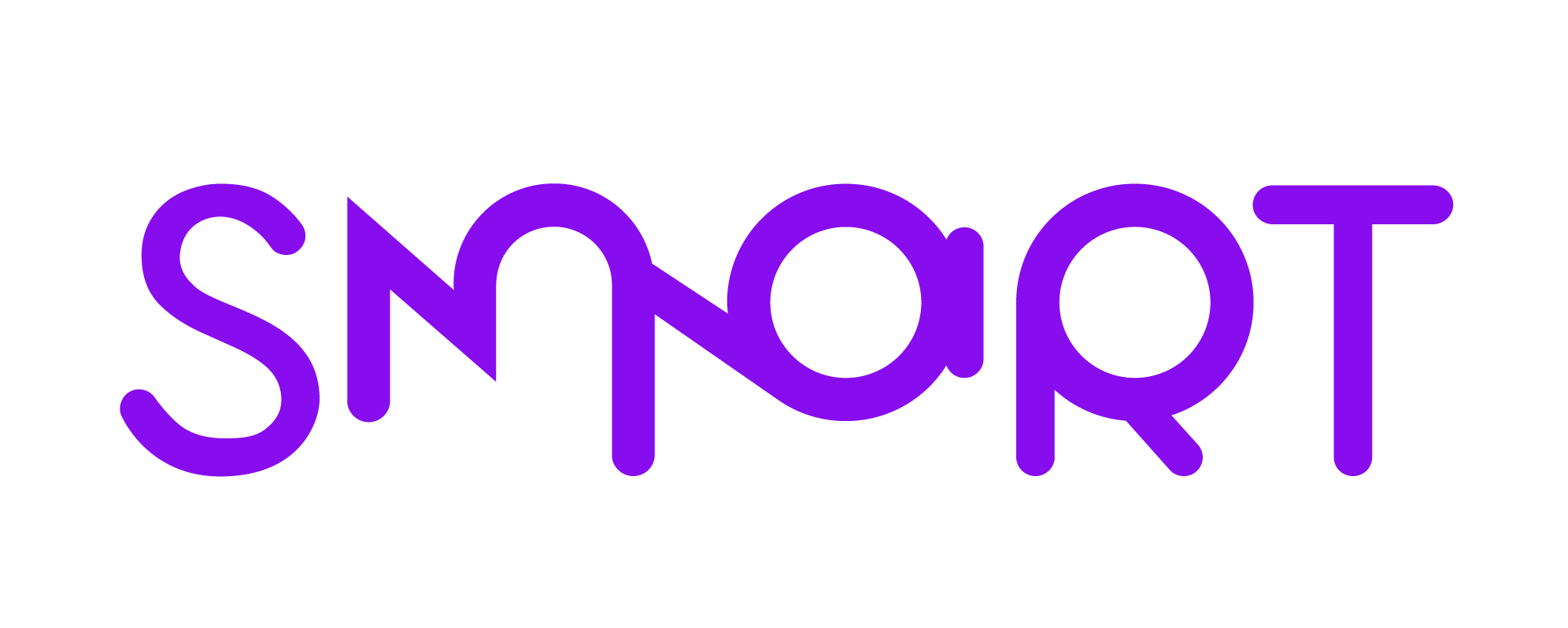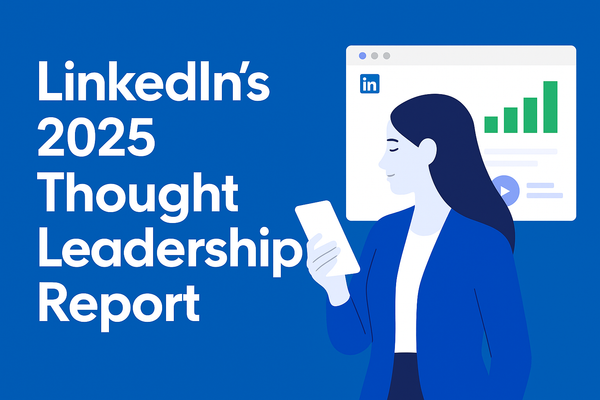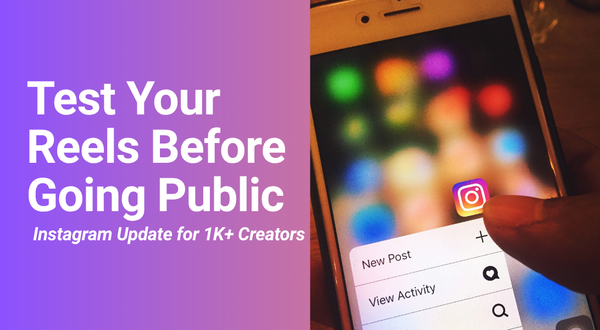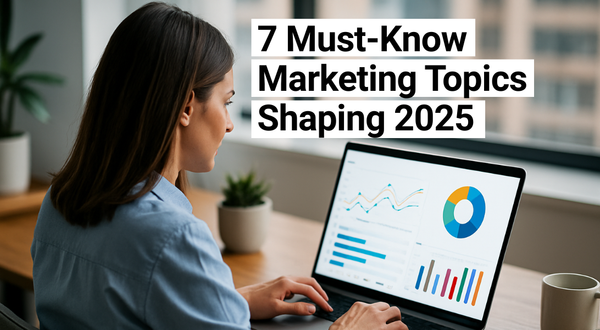LinkedIn Adds Video Covers to Articles and Newsletters
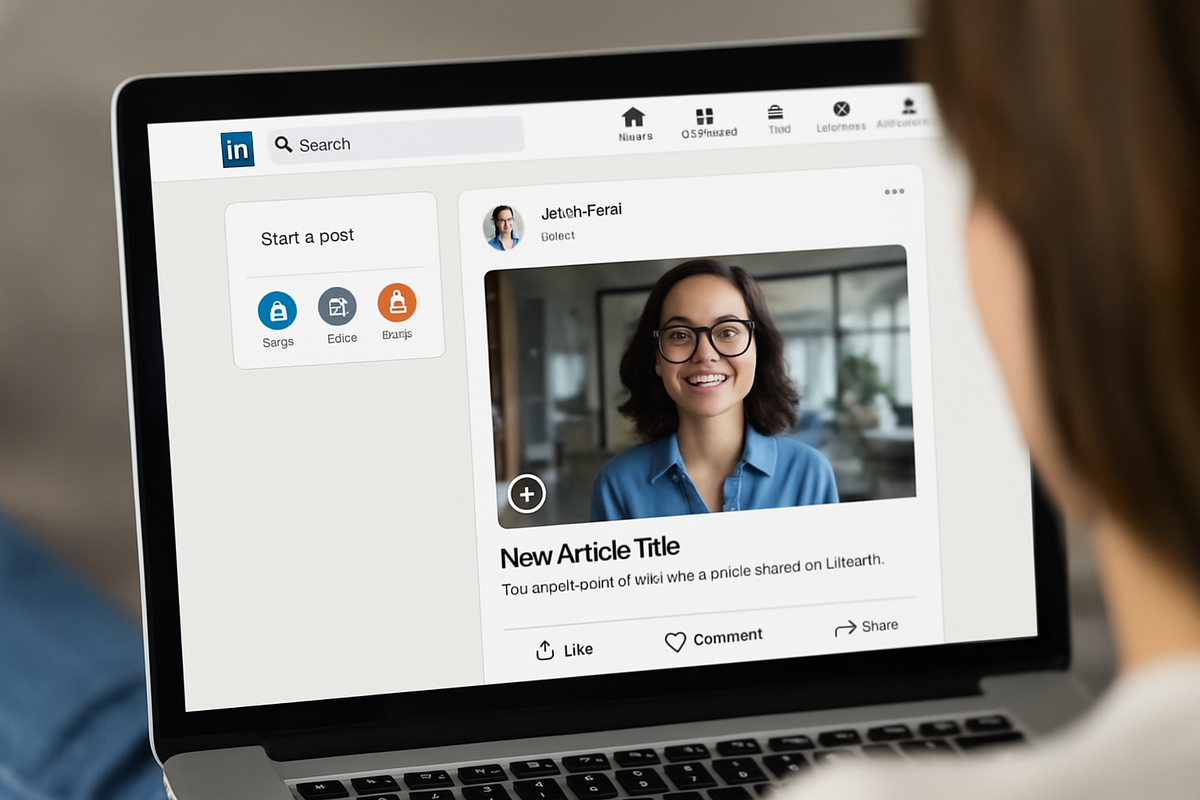
In a move that blurs the line between professional and creator-driven platforms, LinkedIn has introduced video covers for articles and newsletters. This seemingly simple update marks a strategic shift — putting personal brand and visual storytelling at the front of long-form content.
If you’re using LinkedIn for thought leadership, lead generation, or newsletter growth, this feature just changed the game.
What’s New?
- Creators can now upload a short video as the cover for any article or newsletter.
- The video plays in the feed — creating motion-first visibility over static covers.
- It’s designed to help writers, creators, and brands “stand out in the scroll.”
Think of it as a content hook before the content itself.
Why It Matters for Marketers
- Motion Wins in Feed Environments
Just like Instagram or TikTok, movement draws the eye. On a text-heavy platform like LinkedIn, video covers offer an instant attention boost. - Professional ≠ Boring
LinkedIn has become a place for storytelling, not just résumés.
Video covers give marketers a new way to humanize expertise — without leaving the platform. - Newsletter Growth Gets Visual
With video covers, newsletter discoverability can now hinge on personality, not just title.
It’s not just “what you write” — it’s “who they see” before they read. - B2B Marketing Becomes More Creator-Driven
LinkedIn’s updates signal a broader shift: thought leaders, consultants, and brand leads are now content creators in their own right.
If your brand isn’t embracing this, your competitor probably is.
Ideas for Using Video Covers Effectively
- Add a face-to-camera intro for your article to tease what’s inside
- Use motion graphics to visually summarize your topic
- Make your newsletter feel like a series, not just a document
- Keep it short, clear, and platform-native (you’re not on YouTube!)
This is not just a feature update — it’s a signal.
LinkedIn is becoming a content-first platform, and marketers who lead with static content may find themselves invisible in motion-first feeds.
